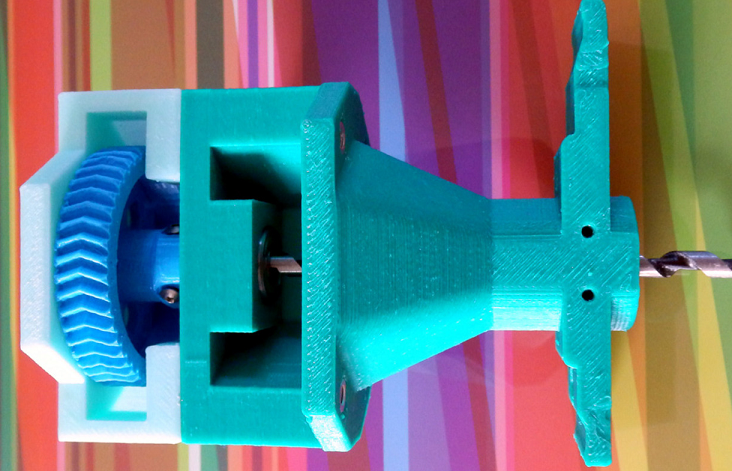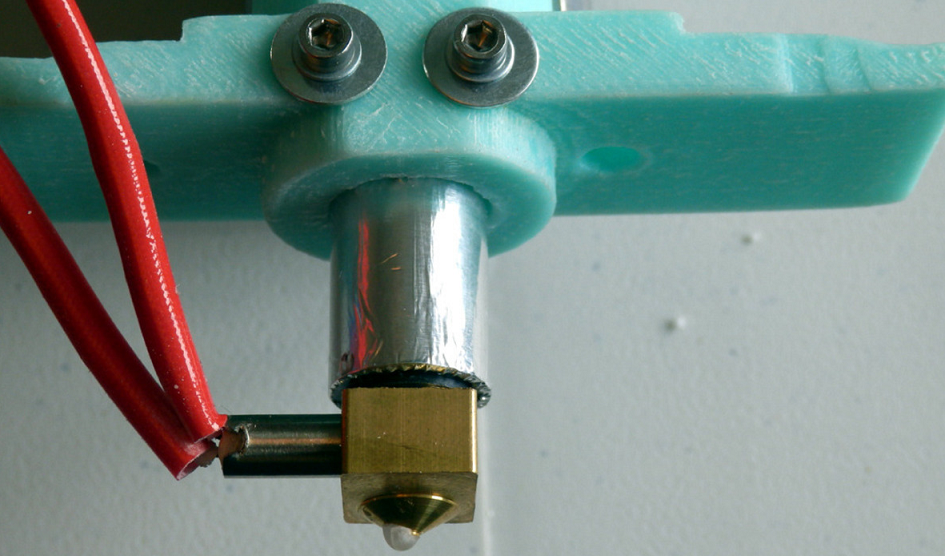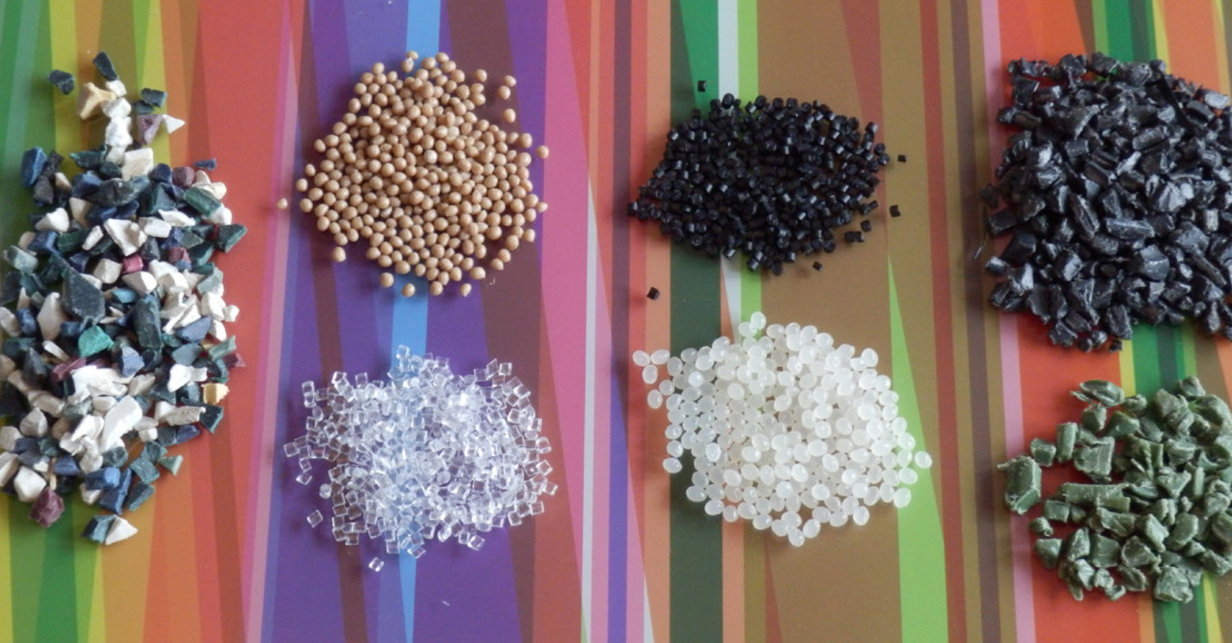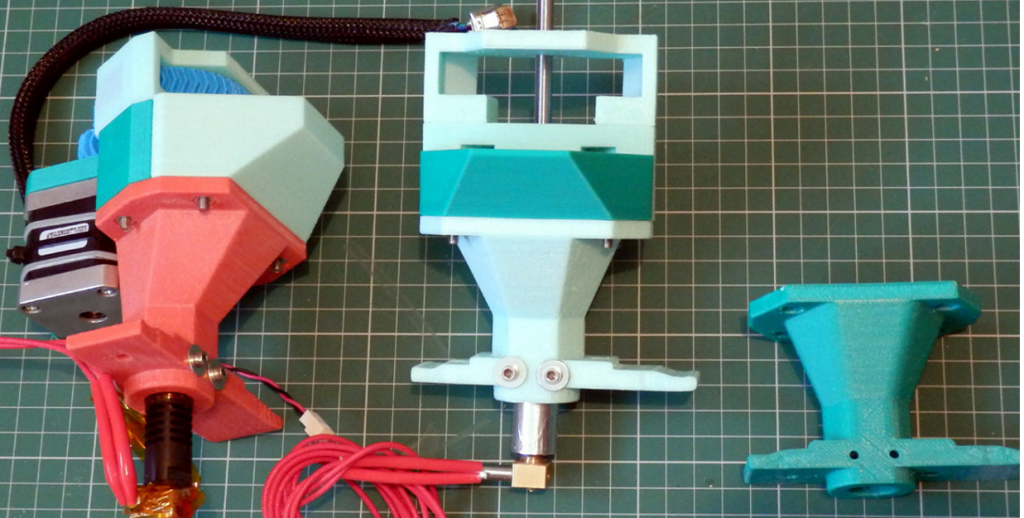If you are like me, you can’t help but see dollar signs every time you run your 3D printer. “How much filament is this using?” “What if the printer screws up just as the project is nearing completion?” Those are thoughts that run through my head as I watch the spool of filament slowly unravel and my finances follow right behind.
In actuality I don’t do enough 3d printing to have to worry about possible filament-driven bankruptcy, but it’s still a concern. Although competition is heating up within the filament space, prices have not budged all that much. In fact, the average 1kg spool of PLA runs around $28. Once you start getting into the more complex PLA and ABS composite materials, prices can begin approaching $50, $60, or even $70 per spool.
The crazy thing is that these plastics are not inherently expensive. In fact, one can quickly do a search on Alibaba, and find suppliers willing to sell pelletized PLA for as cheap as $1 per kilogram, in bulk. With that said, ‘bulk’ usually means a quantity of about 1,000 kg, and let’s face it, none of us needs thousands of pounds of plastic pellets lying around our garages and closets. Still, for $5-$6/kg these pellets can be purchased in much smaller quantities.
In order for 3D printing to further its drive into the mainstream market, some things need to be done price-wise. This is just what a man named Richard Horne aka ‘RichRap’ is trying to do. Last month Horne announced his initiative to create a 3D printing filament spool standard, which would encourage manufacturers of both filament and printers to recognize a specific design and size for their spools. So far things seem to be headed in the right direction with this proposed standard, but Horne is not done trying to make things as easy, worry-free, and affordable as possible for 3D printing enthusiasts like you and me, as well as those who are less fortunate in developing countries.
This morning Horne announced his new initiative, which open sources the printing and assembly of a 3D printer filament pellet extruder. Realizing the success he had starting back in 2011, with his design for a Universal Paste Extruder, Horne hopes that the open source community will embrace his design and improve upon it, innovating, and in effect reducing the barriers to entry some may have due to costly printing materials.
“Since designing various Universal Paste Extruders, it’s been a real pleasure to see so many people use, re-design and further extend paste and food printing in so many different ways,” writes Horne on his blog. “Using pellets and other granular materials for 3D printing are a next evolutionary step in both simplicity and flexibility.”
Horne has been working on this project for quite some time, and initially worked with Isomalt, a sugar alcohol substance, which bakers use for certain types of pastries and cookies. Because it dissolves in water, he thought it would make a tremendous support material if he could figure out a way to turn it into filament. From there he  progressed to PLA plastics, where he experimented with various pellets, including those from ColorFabb.
progressed to PLA plastics, where he experimented with various pellets, including those from ColorFabb.
The extruder, which is constructed from a combination of 3D printed parts and easy to find everyday items, which are available almost anywhere in the world, follows the same basic ideology behind the RepRap movement and Horne’s other projects. He always tries to create designs which do not require custom machining, or expensive equipment. Although Horne’s design is far from perfect, it does work, and is certainly an amazing starting point for the open source community to build off of.
The design files for two different extruder models, one using a NEMA17 motor with a 5mm shaft, and the other a Planetary gearboxed NEMA17 with an 8mm output shaft, are available along with instructions at YouMagine.com. Horne himself 3D printed all the required parts using ABS, and even experimented with coating some of the printed parts with metal to better deal with heat within the machine. A full write-up on this project can be found at Horne’s blog.
Let us know if you have decided to print out and assemble this filament extruder. Also, if you have ideas to improve Horne’s model, or questions about this initiative, feel free to post in the Universal Pellet Extruder forum thread on 3DPB.com. Check out Horne’s video below, where he details the steps he has taken to bring this extruder to the open source community:


Subscribe to Our Email Newsletter
Stay up-to-date on all the latest news from the 3D printing industry and receive information and offers from third party vendors.
Print Services
Upload your 3D Models and get them printed quickly and efficiently.
You May Also Like
3D Printing News Briefs, June 11, 2025: Sustainability, Automotive Tooling, & More
We’re starting with sustainability news in today’s 3D Printing News Briefs, as EOS has strengthened its commitment on climate responsibility, and Zestep is making 3D printing filament out of eyewear...
3D Printing 50 Polymer Stand-In Parts for Tokamaks at the PPPL & Elytt Energy
Of all the world’s things, a tokamak is one of the hardest, most complex, expensive and exacting ones to make. These fusion energy devices make plasma, and use magnets to...
3D Printing News Briefs, May 17, 2025: Color-Changing Materials, Humanoid Robot, & More
We’re covering research innovations in today’s 3D Printing News Briefs! First, Penn Engineering developed 3D printed materials that change color under stress, and UC Berkeley researchers created an open source,...
Firehawk Aerospace Partners with JuggerBot 3D, Gets $1.25M from AFWERX for 3D Printed Propellants
Texas-based Firehawk Aerospace, an advanced energetic materials firm that works with aerospace and defense applications, announced a strategic partnership with JuggerBot 3D, an Ohio-based large-format 3D printer manufacturer. Together, the...



































